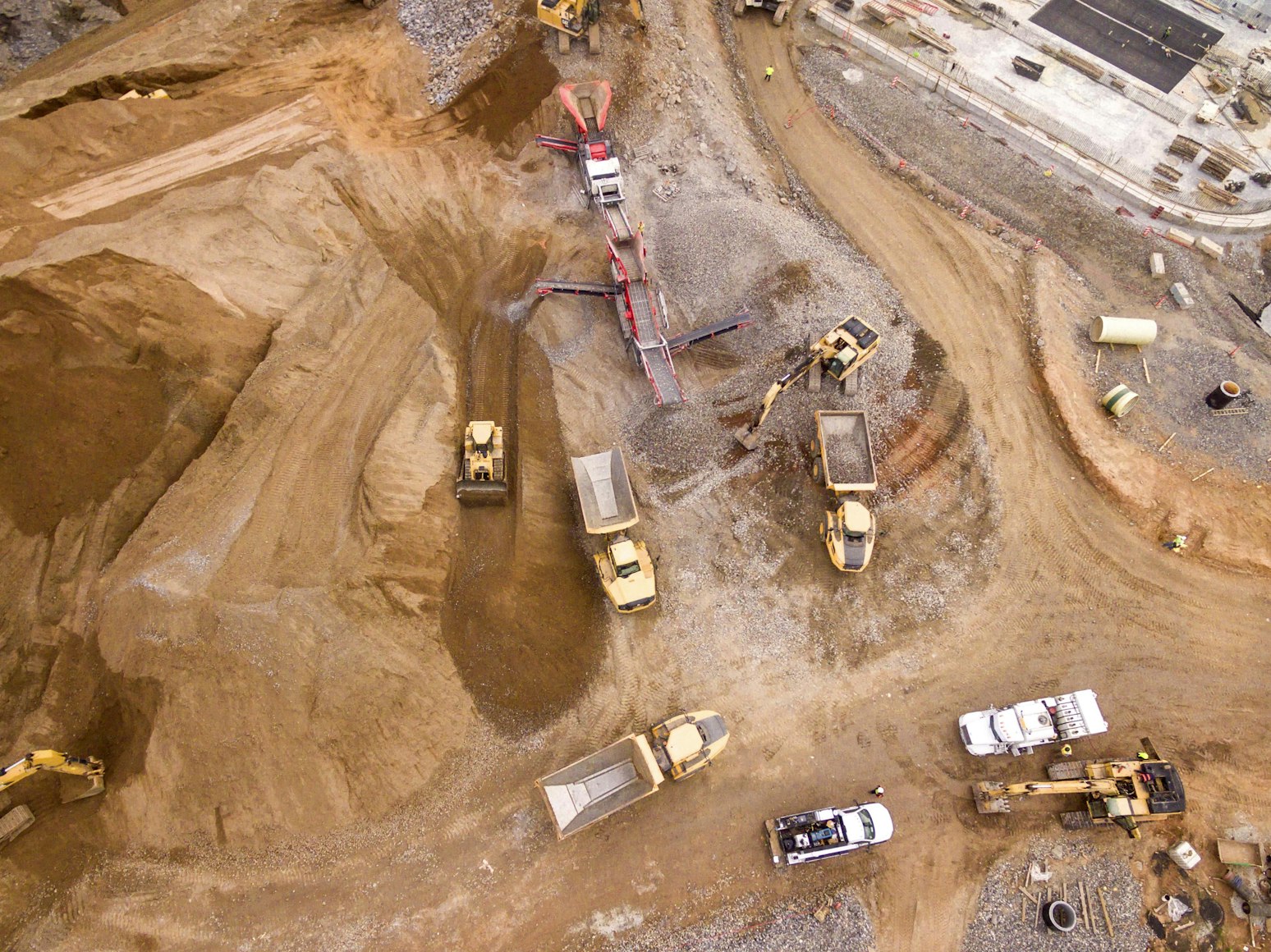A military working dog and two handlers lie motionless on stretchers near the ramp of a C-17 Globemaster.
The trio, two of whom have injuries from an Improvised explosive device (IED) blast, wait as RAAF personnel race to prep them for aeromedical evacuation.
‘Hero’, the canine mannequin, has a wounded leg. Two human mannequins lie beside him – one intubated with severe head and chest injuries, the other one post-heart attack. Both need urgent evacuation with an en route critical care capability.
In this scenario, clinical staff do what they can to treat the canine with the resources they have.
One such staff member is Captain Alexandra Blecich, a registered veterinarian.
Employed full-time at Headquarters 2nd Health Brigade, she helped the team work through which drugs to use, how to handle a dog under anaesthesia and the best position for a canine on a stretcher.
“We found the stretcher configurations were not suitable for a dog,” Captain Blecich said.
“The stretcher pole places pressure on an injured leg, prompting us to improvise with a work table padded with a mat.
“This solution eliminated the need for purchasing additional equipment.”
She experimented with human-sized, blood-pressure cuff fittings, from paediatric to infant, to accommodate a range of Defence dogs, including kelpies and German shepherds.
The veterinarian, of 12 years’ experience, guided medics – most of whom had never worked with canines – through pain relief, managing induction and intubation, maintaining anaesthesia and stabilising the injury.
“The mannequin is a great training aid to rehearse on. If you don’t fit the canine-specific tourniquet correctly, the dog will continue to bleed,” Captain Blecich said.
The scenario also allowed Air Force health specialists to decide whether to position the dog with its nose or tail facing forward in the aircraft, and legs facing inboard or outboard in the litter bay.
Captain Blecich is believed to be the first veterinarian officer to participate in a military critical care aeromedical evacuation team (MCAT) scenario at RAAF Base Amberley, where she worked with personnel from the Health Operational Conversion Unit and 3 Aeromedical Medical Evacuation Squadron.
Captain Blecich was approached by Group Captain David Cooksley, Clinical Director for Emergency and Aeromedical Evacuation at Headquarters Health Reserves Branch, to observe the MCAT course.
The mannequin is a great training aid to rehearse on. If you don’t fit the canine-specific tourniquet correctly, the dog will continue to bleed.
On her first flight in an Air Force aircraft, Captain Blecich developed an understanding of the aeromedical evacuation environment for safe care of ill or injured canines.
Group Captain Cooksley first became interested in pre-veterinary treatment and transport of injured canines during his United Kingdom military medical emergency response team training in 2013.
He learned that their clinicians were expected to provide care and transport for injured dogs on the battlefield.
“This surprised me, as my understanding of dogs was limited to knowing they should have a wet nose and a wagging tail,” Group Captain Cooksley said.
“I was inspired to learn how to care for dogs as a human healthcare provider and start developing our military working dog pre-veterinary care and aeromedical evacuation capability.
“These are valuable serving members and we have a legal and moral responsibility to provide them appropriate medical support.”
He said having an Army vet train alongside Air Force in evacuation increased valuable awareness.
“In the past, we depended on our coalition partners, who have a veterinary corps,” Captain Blecich said.
“We may not always have access to them in all the locations where we are deployed, which is why we need a backup plan when caring for our military working dogs.”








